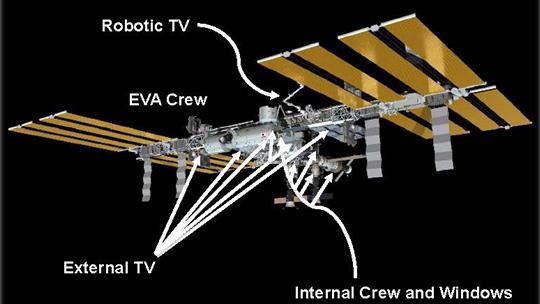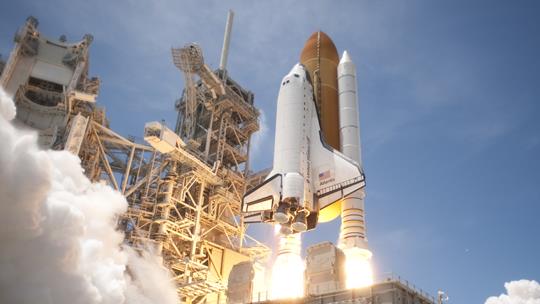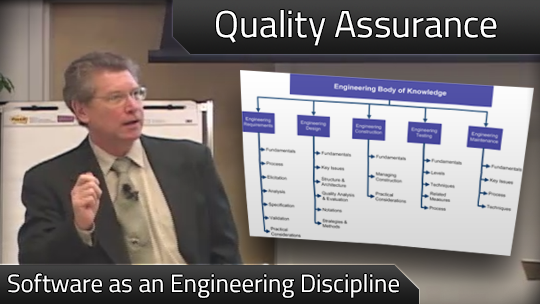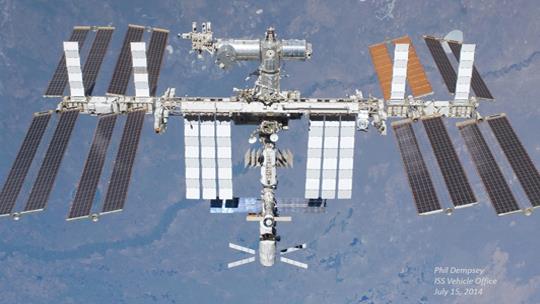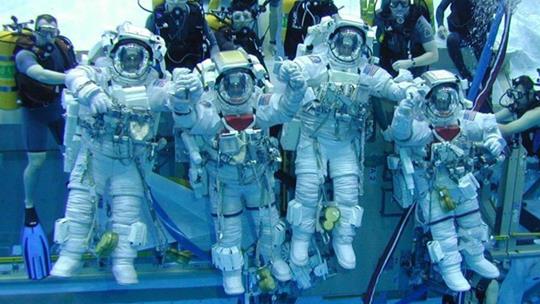Orion Inspection Planning - Lessons Learned
Discipline: Nondestructive Evaluation
Micrometeoroid and Orbital Debris (MMOD) impacts represent a significant risk for crews of long-duration space missions for which the spacecraft must perform a safe reentry. In order to protect the crew, the reentry vehicle is covered with one or more forms of thermal protection system (TPS) material able to withstand reentry heating. However, MMOD impacts that leave sufficiently large (i.e. “critical”) TPS damage can result in loss of crew or vehicle. In order to mitigate the risk of loss of crew or vehicle, a full-surface image-based inspection or “survey” can be performed. Findings from the survey can lead to a “focused” inspection requiring specialized close-range imaging assets, and possibly to a repair or a safe-haven transfer of the crew. Design of appropriate survey and focused-inspection sensor packages requires prior impact and thermal testing to determine critical damage criteria, and should be guided by standard detection criteria. As- built sensor packages should be verified with subjective screening tests, with the sensors under appropriate environmental conditions. The timing and frequency of in-space inspections should be based on assessment of risk and risk-mitigation (due to inspection), derived from mission-specific MMOD flux and impact modeling.
